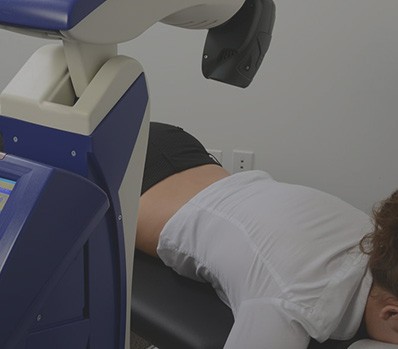Meniscal tears are one of the most common types of knee injury, on or off the playing field. The injury is usually referred to as torn cartilage in the knee. When serious twisting of the knee causes a tear in the meniscus, patients experience pain, swelling, a narrowing of range of motion, and sometimes even a locking of the knee.
Risk Factors
Like all cartilage, the meniscus provides a cushion that prevents bones from coming into contact, in this case the thigh bone and shin bone. Without the cushioning effect of the meniscus and supportive cartilage, bones will come in contact during movement of the knee, generating significant pain. In addition, if part of a torn meniscus migrates into the joint, the knee may feel as if it is slipping, popping or locking.
Because menisci are subjected to a great deal of physical stress during a lifetime, tearing of this essential cartilage happens frequently. In fact, statistics indicate that approximately half a million Americans experience meniscus tears each year.
In addition to those participating in vigorous physical activity, older patients are at higher risk for developing meniscus tears. With less surrounding cartilage and muscle to support the meniscus, even routine activities can result in a tear. A torn meniscus, together with the attenuated cartilage that is a normal part of aging, may lead to knee arthritis.
Treatment Options
The degree of severity with a torn meniscus varies widely; and, as a result, treatment ranges from a conservative monitoring approach to physical therapy and surgery. A review of a patient’s medical history, physical exam and imaging with radiographs or an MRI will aid in diagnosing the extent of the tear.
If the torn area of the meniscus still has a blood supply, it is possible your body will heal the tear. In this case, temporary symptoms can be managed with ice, nonsteroidal anti-inflammatory medications and activity modification. Tears closer to the center of the meniscus will not improve on their own, and will ultimately lead to substantial pain and instability.
The surgical solution of choice for orthopedic surgeons is repair of the meniscus. During an arthroscopic procedure, Dr. Nitz may be able to repair the tear, restoring functional integrity with sutures. This allows the newly fortified meniscus to continue to provide stability for the knee. In severe cases, part of the meniscus will need to be removed, and Dr. Nitz will be careful to remove as little as necessary. Both repair and removal are outpatient procedures that will be supplemented with a program of physical therapy as part of recovery.
Prevention
There are two ways to prevent this type of injury. The first involves targeted exercise. When you strengthen muscles in your legs, hips and abdomen, you are taking pressure off the knee. If the meniscus is supported by your muscles, it will be subjected to less direct force. In this case the chances of suffering a tear are greatly reduced. Strengthening the hamstrings and the iliotibial band muscles is especially important.
The second way to minimize your chances of suffering a meniscus tear is to choose physical activities that match the condition of your knee, as well as your overall fitness. If you are playing high-impact sports, make sure your muscles are ready for it. Even when your fitness level is superb, it is prudent to avoid situations in which your knee may become twisted.
Parents should be aware that children whose muscles are still developing are at risk of developing a meniscus tear when playing sports for the first time. This is especially true with football, basketball and soccer.
If you would like to know more about meniscal tears, schedule a personal consultation with skilled Dayton, Ohio orthaepedic surgeon Dr. Paul A. Nitz by calling or emailing his office today.

